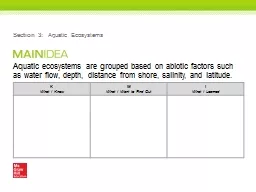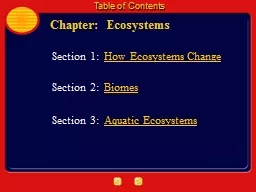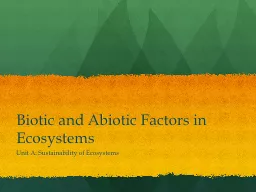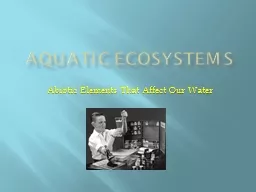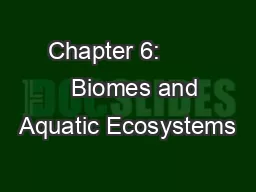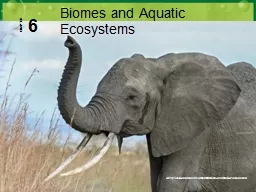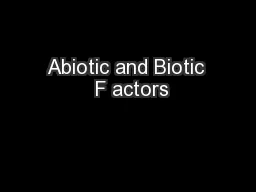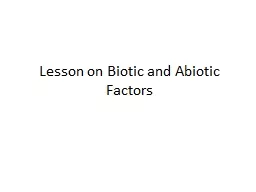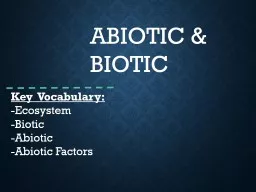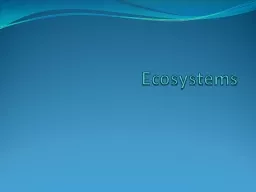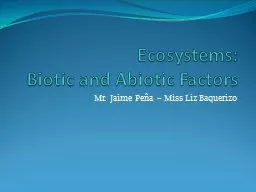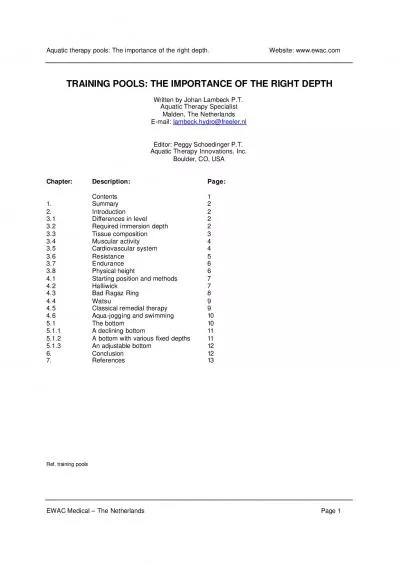PPT-Aquatic ecosystems are grouped based on abiotic factors such as water flow, depth, distance
Author : broadcastworld | Published Date : 2020-06-15
Section 3 Aquatic Ecosystems K What I Know W What I Want to Find Out L What I Learned Essential Questions What are the major abiotic factors that determine the
Presentation Embed Code
Download Presentation
Download Presentation The PPT/PDF document "Aquatic ecosystems are grouped based on ..." is the property of its rightful owner. Permission is granted to download and print the materials on this website for personal, non-commercial use only, and to display it on your personal computer provided you do not modify the materials and that you retain all copyright notices contained in the materials. By downloading content from our website, you accept the terms of this agreement.
Aquatic ecosystems are grouped based on abiotic factors such as water flow, depth, distance: Transcript
Download Rules Of Document
"Aquatic ecosystems are grouped based on abiotic factors such as water flow, depth, distance"The content belongs to its owner. You may download and print it for personal use, without modification, and keep all copyright notices. By downloading, you agree to these terms.
Related Documents

